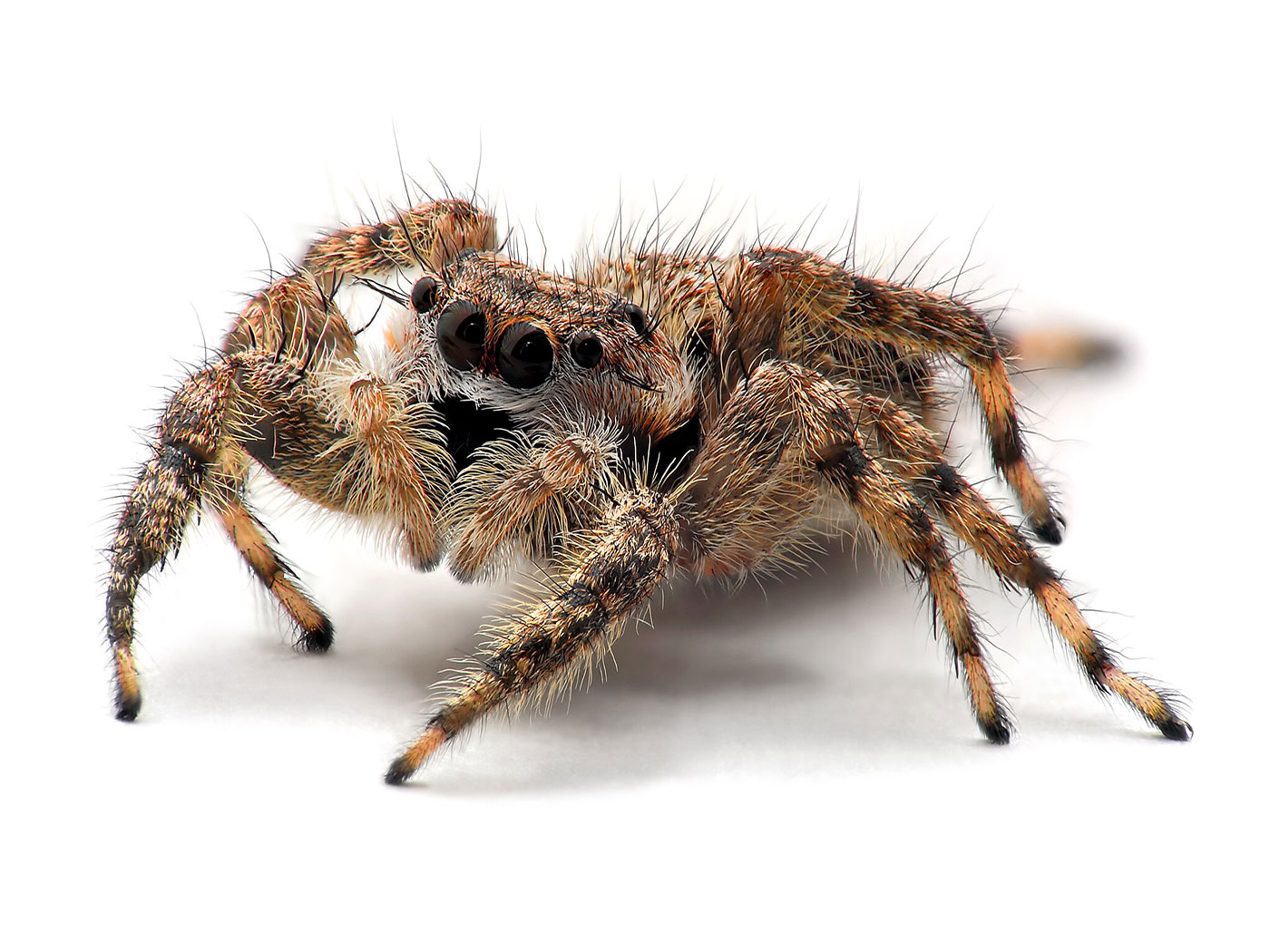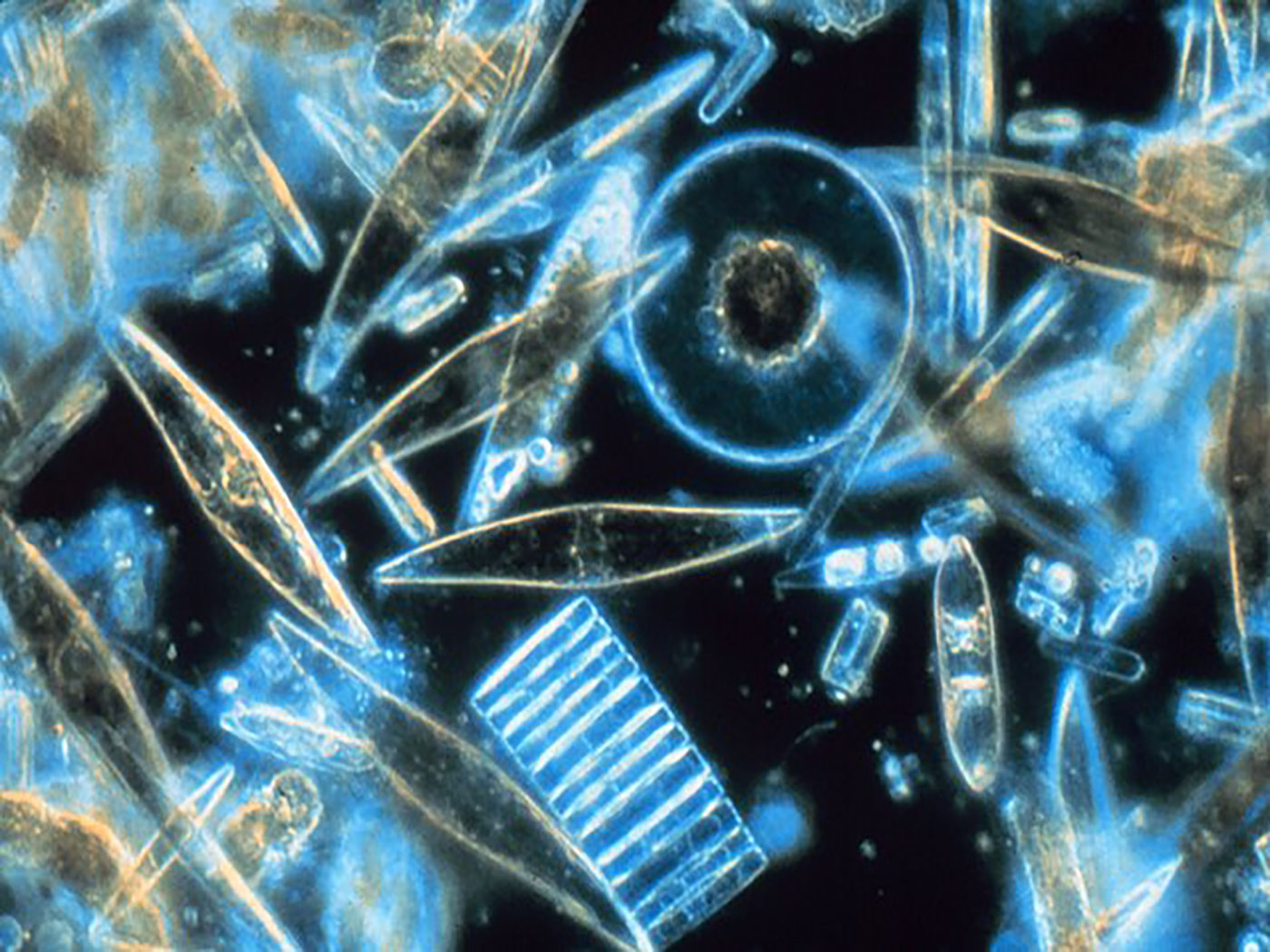Scientists believe that the study of genes that encode the proteins for molecular motors will help solve the mysteries of evolution. However, the result of a study published in the journal Genome Biology and Evolution has only served to support the predictions of special creation—that unique variants of cellular complexity and innovation exist at all levels of life.1
Molecular motors are important features of eukaryotic cells that are formed by a variety of protein types. One group of molecular motors is called the myosins, which have recently been studied in everything from one-celled eukaryotes to humans. The goal of this and many other studies has been the ever-elusive characterization of the mythical Last Eukaryotic Common Ancestor (LECA).2
The fictional LECA creature represents the final stage of a transition between a bacterial-archaeal prokaryote (the smallest and simplest organism) and a one-celled eukaryote (a cell with a nucleus and other organelles). The main problem with this idea is that, not only does no such creature exist, but eukaryotes also contain molecular similarities to both bacteria and archaea—prokaryotes that are found in completely separate domains of cellular life. Another major problem is that many complex molecular and cellular features unique among eukaryotes are not found in any prokaryotes. Because of this elaborate mosaic of cellular features, the development of any evolutionary story for the origin of eukaryotes has been fraught with much difficulty.
Researchers had hoped to find that matters would be clarified by myosin proteins derived from the DNA sequences of different single-celled eukaryotes, such as flagellated protozoa (protozoa with a whip-like tail), amoeboid protozoa, and algae.1 Instead of finding a pattern of evolving myosin "motor" genes (simple to complex) as life seemingly became more advanced, they found that the highest numbers of different types of myosin genes were found in single-celled eukaryotes. The authors stated, "The number of myosin genes varies markedly between lineages [types of eukaryotes]," and "holozoan genomes, as well as some amoebozoans and heterokonts, have the highest numbers of myosins of all eukaryotes. In particular, the haptophyte Emiliania huxleyi has the highest number of myosin genes (53), followed by the ichthyosporean Pirum gemmata (43), the filasterean M. vibrans (39), and the metazoan Homo sapiens (38)."1
The end result of all this labor was ultimately counterproductive to the formation of any sort of evolutionary tree. The researchers stated, "We do not aim to infer a eukaryotic tree of life from the myosin genomic content."1 This is because the data was not amenable to do so. Instead, they noted that "we provide an integrative and robust classification, useful for future genomic and functional studies on this crucial eukaryotic gene family."1
So, how did the authors explain the incredible complexity found across the spectrum of life in myosin gene content that had no clear evolutionary patterns? They explained it by 1) convergence (the sudden and simultaneous appearance of a gene with no evolutionary patterns in different taxa), 2) lineage-specific expansions (different myosin gene complements found in different creatures), and 3) gene losses (missing genes that evolutionists thought should have been there). None of these ideas actually explain why there is no evolutionary pattern of simple-to-complex in myosin gene content across the spectrum of life. Specifically, the ideas of convergent evolution and lineage-specific expansions are nothing more than fancy terms for the fact that these different types of myosin genes appeared suddenly in unrelated creatures at the same time.
Clearly, the only scientific model that predicts this type of molecular and cellular complexity and innovation across all forms of life is one associated with special creation. Each created kind is genetically unique and has its own special and complex gene repertoire needed for the niche that it fills.
References
- Sebé-Pedrós, A. et al. 2014. Evolution and classification of myosins, a paneukaryotic whole genome approach. Genome Biology and Evolution. 6 (2): 290-305.
- Koumandou, V. L. et al. 2013. Molecular paleontology and complexity in the last eukaryotic common ancestor. Critical Reviews in Biochemistry and Molecular Biology. 48 (4): 373-396.
*Dr. Tomkins is Research Associate at the Institute for Creation Research and received his Ph.D. in genetics from Clemson University.
Article posted on April 7, 2014.








